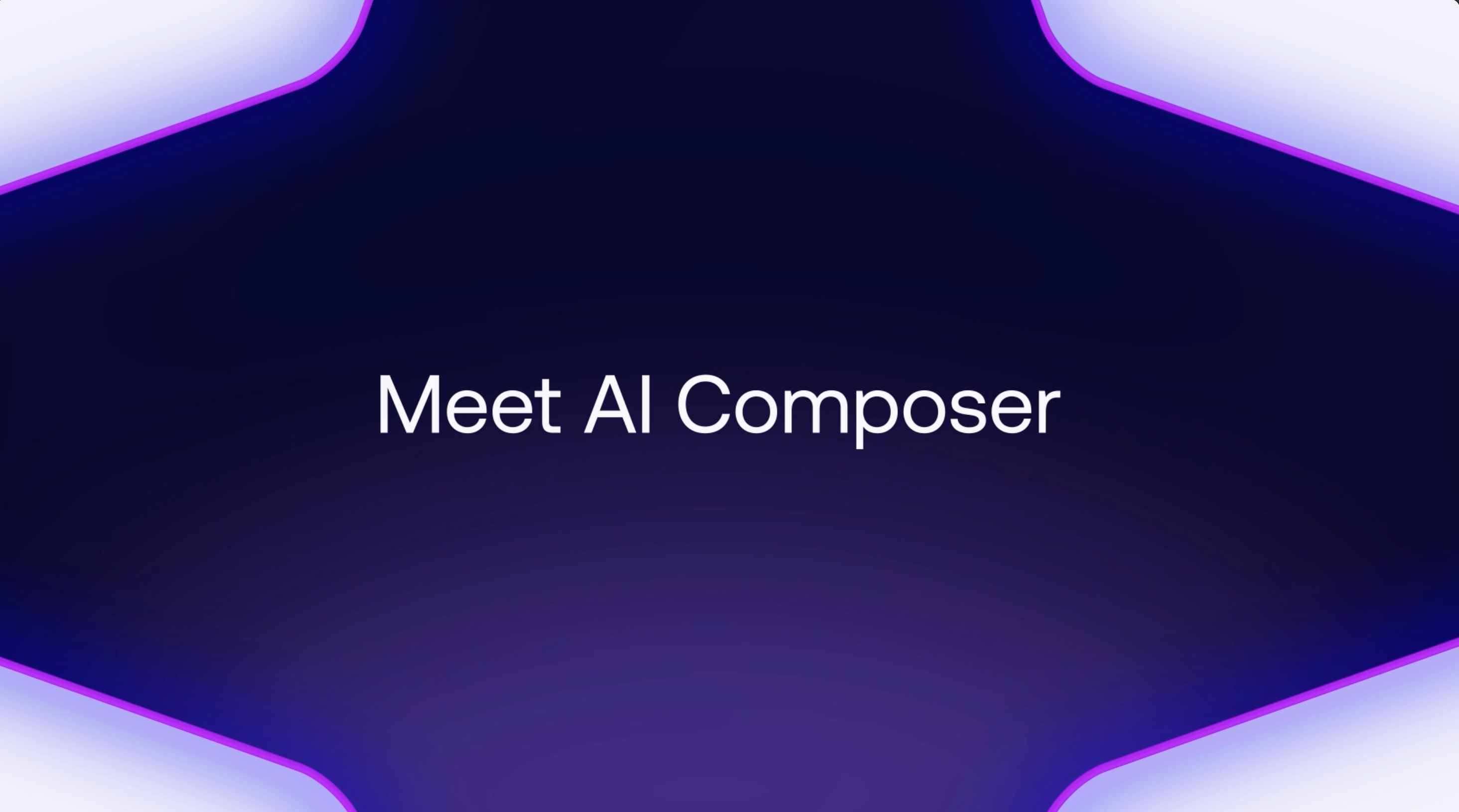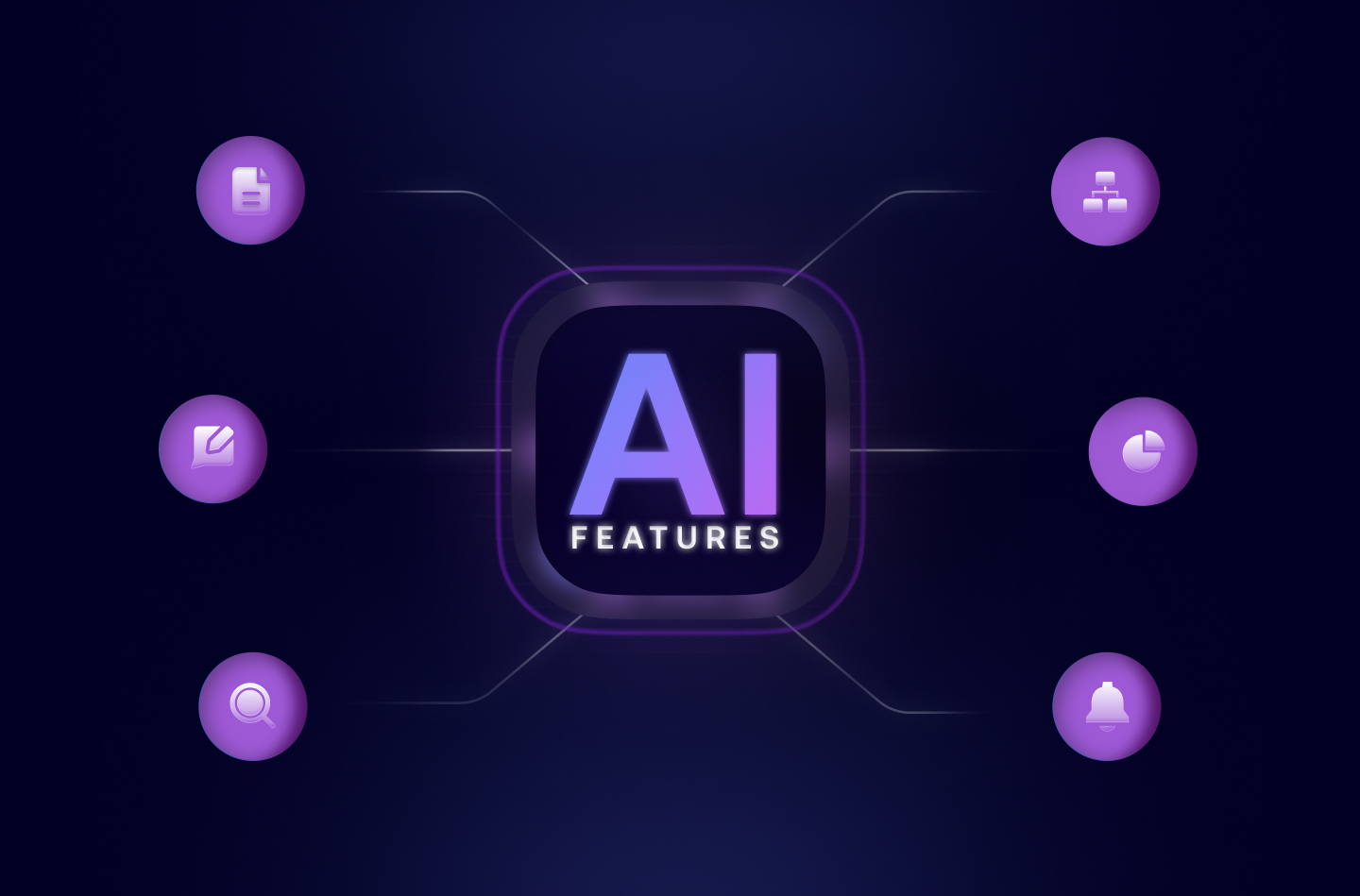Key Takeaways
Revenue enablement empowers every customer-facing team to drive growth, not just sales. It aligns marketing, sales, and customer success through shared data, training, and tools. Using platforms like trumpet’s Digital Sales Rooms, businesses improve collaboration, shorten sales cycles, and increase conversion rates by up to 130% in months.
What is revenue enablement?
Revenue enablement boosts the performance of all teams that generate revenue, from sales to customer success.
It evolved from sales enablement but goes further, aligning every customer-facing function to create seamless buyer experiences.
Gartner defines it as expanding sales enablement “from sales-only to supporting all revenue-generating channels and roles.”
This approach ensures teams get the right training, insights, and tools to perform better and deliver consistent customer satisfaction.
💡 trumpet insight: trumpet’s Digital Sales Rooms (Pods) centralise buyer engagement, making it easier for sales, marketing, and success teams to align around each deal.
.png)
What's the difference from sales enablement?
Let's explore the biggest differences between these two enablement approaches👇
%20(1).png)
How is revenue enablement different from sales enablement?
The main difference lies in scope and strategy.
Sales enablement focuses solely on helping sales teams hit targets. Revenue enablement looks at the entire customer journey, from first contact to renewal.
Key differences:
- Sales enablement: Sales-only focus, short-term wins.
- Revenue enablement: All customer-facing teams, long-term revenue growth.
- Sales enablement: Basic content and training.
- Revenue enablement: Data, automation, and insights across departments.
It uses analytics and feedback loops to anticipate customer needs and boost retention, not just lead acquisition.
📊 Data insight: Companies that align marketing and sales teams see 36% higher customer retention and 38% higher win rates (LinkedIn State of Sales).
What are the key features to look for in a revenue enablement tool?
When choosing tools, look for features that empower teams to work smarter, not harder.
Must-have features:
- Ease of use: Tools should be intuitive and simple to adopt.
- CRM integration: Connect seamlessly with systems like HubSpot or Salesforce.
- Content management: Centralise and organise sales materials for fast access.
- Mobile accessibility: Enable reps to work from anywhere.
- Scalability: Handle growth without slowing down.
- Data protection: Maintain robust security for customer data.
- Analytics & reporting: Deliver actionable insights in real time.
💡 trumpet insight: With trumpet, teams can track buyer engagement directly within sales rooms, showing which content drives intent.
Revenue enablement tools and software
Several tools in the market are worth mentioning for their comprehensive features and capabilities that support various aspects of revenue enablement:

Salesloft: As a revenue workflow platform, it provides comprehensive tools for pipeline management and sales forecasting, which are crucial for effective sales strategies.

Clari: Specialises in revenue operations, offering features for forecasting, analytics, and pipeline management to help sales teams meet their targets.

trumpet: A platform that enables sales teams to create personalised and interactive sales content, enhancing engagement and communication with prospects.

Gong: A conversation analytics and sales engagement platform that provides insights into customer interactions to improve sales performance and revenue outcomes.

Hubspot: A comprehensive CRM platform that offers tools for marketing, sales, and customer service, helping businesses grow and manage their customer relationships.

Gainsight: Focuses on customer success, providing tools for customer health scoring, lifecycle management, and engagement to enhance customer retention and expansion.

Intercom: A customer communication platform that offers messaging, support, and engagement tools to improve customer experience and drive growth.
.png)
Apollo: A sales engagement and automation platform that helps sales teams prospect, engage, and convert leads more efficiently.

Common Room: A customer intelligence platform that provides insights and analytics to help companies understand and engage with their user communities effectively.
Revenue enablement in action
How did global employment solution Oyster apply digital sales rooms to their revenue enablement strategy?
By helping the sales team at Oyster keep a finger on the pulse of buyer intent and deal engagement. By offering another level of outreach with their buyers and providing an easy-to-use space for communication, trumpet integrated in their sales process making deals quicker and easier to navigate.

The results?
- Follow-up email response rate increased from 33% to 43% in just one quarter
- Increased sales win rate by 130% in just 3 months
- Organised collaboration and document sharing across internal teams
💡 Discover a live digital sales room 👉here👈
The revenue enablement approach: Key takeaways
As we've looked at revenue enablement, we've seen how it can change things for companies trying to make their sales better and grow more.
When businesses use new tools like digital sales rooms, they give their teams that talk to customers the stuff they need to sell more and get customers more involved.
It doesn't just make selling easier, it also gets marketing, sales, and customer service working together to reach the same goals.
This approach has a huge impact on how a company does business and helps teams to consider the whole picture when making decisions.
For companies that want to shake up how they sell and talk to customers, jumping into revenue enablement with trumpet digital sales rooms is a smart way to get ahead of other businesses.
Sign up to trumpet and use digital sales rooms to boost your revenue enablement plan, setting you up for a future where happy customers and growing business go together.
FAQs
What are the key components of a successful revenue enablement strategy?
A successful revenue enablement strategy typically includes:
- Comprehensive training programmes: Regular training sessions for sales and marketing teams.
- Content management: Centralised repository for marketing and sales materials.
- Analytics and reporting: Tools to measure performance and optimise strategies.
- Customer insights: Detailed analysis of customer behaviour and feedback.
- Cross-departmental collaboration: Seamless communication between sales, marketing, and customer service teams.
What metrics are important for measuring the success of revenue enablement?
Key metrics for measuring the success of revenue enablement include:
- Customer acquisition cost (CAC): The cost associated with acquiring a new customer.
- Customer lifetime value (CLV): The total revenue expected from a customer over their entire relationship with the company.
- Sales cycle length: The average time it takes to close a sale.
- Conversion rate: The percentage of leads that become paying customers.
- Churn rate: The rate at which customers stop doing business with the company.
How can technology enhance revenue enablement?
Technology enhances revenue enablement by:
- Automating processes: Streamlining repetitive tasks to save time and reduce errors.
- Providing real-time data: Offering insights into customer behaviour and sales performance.
- Facilitating communication: Enabling seamless collaboration across different departments.
- Personalising customer interactions: Using AI and machine learning to offer tailored solutions to customers.
What role does customer feedback play in revenue enablement?
Customer feedback is crucial as it helps businesses understand the needs and preferences of their customers. By analysing feedback, companies can:
- Improve products and services: Make necessary adjustments based on customer suggestions.
- Enhance customer experience: Address pain points and improve overall satisfaction.
- Increase retention rates: Satisfied customers are more likely to remain loyal and make repeat purchases.
Can small businesses benefit from revenue enablement?
Absolutely. Small businesses can leverage revenue enablement to streamline their sales processes, improve customer interactions, and ultimately increase their revenue. With the right tools and strategies, even small businesses can create an efficient and effective revenue enablement framework.

.svg)
.svg)
.svg)
.svg)
.svg)
.svg)
.svg)
.svg)
.svg)
.png)
.svg)
.svg)
.svg)
.svg)

.svg)
.svg)
%201.svg)
.svg)
%201.svg)



.svg)













.png)





![How to Get Started with Buyer Enablement [With Examples]](https://cdn.prod.website-files.com/65cf4fecbed2754c2236665d/65cf4fecbed2754c22366bdb_65a5af83e742f76e34ce06f3_Customer%2520Onboarding%2520_%2520Everything%2520you%2520need%2520(2).png)
.png)



.png)



.png)











.png)


.png)


.png)
.png)







